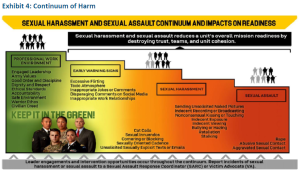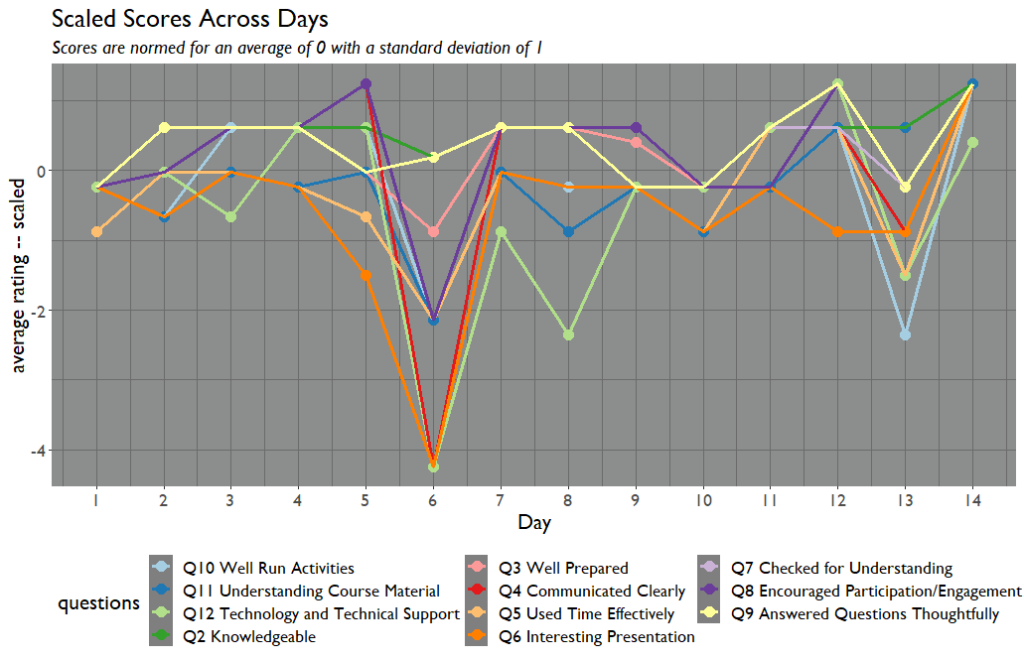Violence in the military encompasses various forms of abuse, including sexual assault, harassment, domestic and child abuse, and suicide. The military’s approach to violence prevention has traditionally been through response rather than primary prevention. Still, recent efforts have been made to ground prevention efforts in data, public health approaches, and implementation science. The Prevention Plan of Action (PPoA) released in 2019 by SAPRO aimed to guide prevention efforts across the Services and National Guard. The Services and National Guard are currently in stages three and four of PPoA implementation.
In 2020, the Integrated Primary Prevention Policy (IPP) was published by the Office of the Under Secretary of Defense for Personnel and Readiness, which creates a unity of effort across prevention programs and policies, establishes a common research-based framework for violence prevention, and focuses on activities that have the greatest potential to reduce multiple forms of violence affecting the military community. Additionally, in 2021, a 90-day commission was ordered by President Biden to pursue sexual assault solutions in the military, and the Independent Review Commission on Sexual Assault and Sexual Harassment (IRC) submitted its final report and recommendations in June 2021.
Our Role
Lead by the American Institute for Research, along with Booz Allen Hamilton, We provide training on several different topics, including:
- Synthesizing Research
- Understanding and Using Data
- Fidelity in Implementation
- Process Evaluation and Quality Improvement.
- Outcome Evaluation
The Continuum of Harm

Retrieved from Army Resilience.
Some words about session ratings
In training, we sometimes run into a ceiling effect with how people rate a session. What I decided to do scale the scores first. A scaled score is a standardized score that has been adjusted or transformed to provide a standard metric for comparing test scores. It is typically used when different versions of a test are given to other groups of people, or where different forms of a test are given to the same group of people at different times.
To create a scaled score, raw scores (the number of correct answers on a test) are first converted to a scaled score, which is then adjusted based on the difficulty level of the questions and the performance of the group that took the test. The resulting scaled scores provide a more accurate and reliable measure of a person’s performance on the test, and allow for fair comparisons across different versions or forms of the test.
Here’s what the scaled scores looked like for the most recent fielding!

